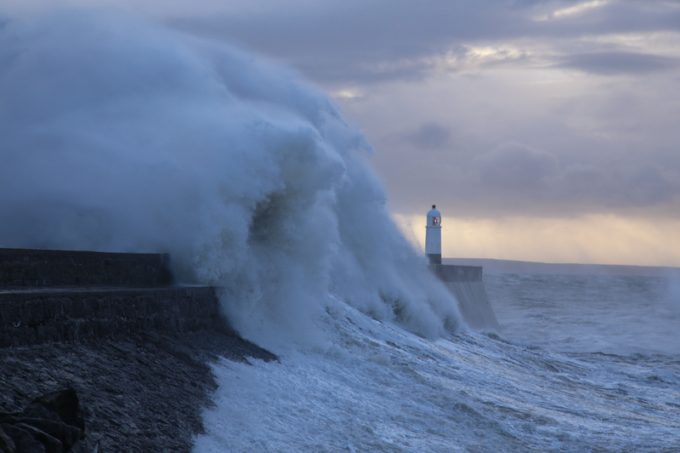Grape demand: carriers line up for a bite as South African export season begins
South Africa’s grape export season has begun, and ocean carriers are lining up for a ...
BA: WIND OF CHANGEMAERSK: BULLISH CALLXPO: HEDGE FUNDS ENGINEF: CHOPPING BOARDWTC: NEW RECORDZIM: BALANCE SHEET IN CHECKZIM: SURGING TGT: INVENTORY WATCHTGT: BIG EARNINGS MISSWMT: GENERAL MERCHANDISEWMT: AUTOMATIONWMT: MARGINS AND INVENTORYWMT: ECOMM LOSSESWMT: ECOMM BOOMWMT: RESILIENCEWMT: INVENTORY WATCH
BA: WIND OF CHANGEMAERSK: BULLISH CALLXPO: HEDGE FUNDS ENGINEF: CHOPPING BOARDWTC: NEW RECORDZIM: BALANCE SHEET IN CHECKZIM: SURGING TGT: INVENTORY WATCHTGT: BIG EARNINGS MISSWMT: GENERAL MERCHANDISEWMT: AUTOMATIONWMT: MARGINS AND INVENTORYWMT: ECOMM LOSSESWMT: ECOMM BOOMWMT: RESILIENCEWMT: INVENTORY WATCH

There has been a prolific rise in weather-related cargo loss and insurance claims since carriers have been forced to brave the extreme conditions round the Cape of Good Hope to escape Houthi attacks in the Red Sea.
Conventional wisdom has it that ships should avoid heavy storms where possible to minimise the risk of container loss, but the past 270-or so days of re-routing have seen vessels exposed to extreme weather off southern Africa.
In fact, between 2 June and today, there have been five incidents involving cargo loss or damage in the area, according to data from maritime claims consultant MK Webster.
On 2 June, car-carrier Hoegh London sustained structural damage off Port Elizabeth, causing damage to cargo. Then, on 8 July, Ultra Galaxy developed a heavy list in challenging weather conditions while navigating off the west coast of South Africa, causing the crew to abandon the vessel, which subsequently ran aground and capsized.
Just a day later, CMA CGM Benjamin Franklin encountered bad weather approximately 40 nautical miles south of Durban and lost 44 containers overboard, with further damage to another 30 or so.
On 15 August, CMA CGM Belem saw a collapse of containers on deck and an overboard loss of around 99 boxes off Richards Bay. And, most recently, MSC Antonia lost 46 containers overboard some 29 nautical miles northeast of Port St Johns. Another 305 boxes sustained damage.
Patrizia Kern, chief insurance officer at embedded cargo insurance provider Breeze, told The Loadstar: “Higher-than-average wind speeds around the Cape of Good Hope, combined with the ongoing turmoil in the Red Sea, has led to an unprecedented surge in insurance claims.”
In the same period last year, there were no reported incidents of container loss or damage in the region – vessels typically diverting from South Africa as the southern hemisphere transitions from winter to spring.
In fact, the World Shipping Council recognised 2023 as seeing the fewest recorded container losses since the start of its survey in 2008.
Mutual insurance provider TT Club’s recent analysis of historic cargo-loss incidents found weather to be the single most influential factor.
One of the major contributors to the danger around the Cape is ‘parametric rolling’, which occurs when the wavelength of the ocean’s surface matches the rolling motion of a vessel, gradually increasing the angle of each roll with every wave impact. The stresses caused can result in stacks of containers buckling, damaging those low in the stacks and causing those near the top to careen overboard.
“Wave height was among the more obvious attributes, but wave length and period appeared to be of even greater importance… responsible for parametric roll and synchronous rolling that can give rise to stow collapses and losses overboard,” said TT.
Ms Kern added: “If this trend of increased cargo claims continues, we can expect a corresponding rise in insurance premiums.”
However, she added: “Breeze does not foresee a specific surcharge for ships transiting through the southern hemisphere. The exact impact will depend on various market factors, such as the availability of capacity.
“Historically, overcapacity has tended to drive premiums down rather than up, and we are now seeing several new players enter the market.”
Comment on this article